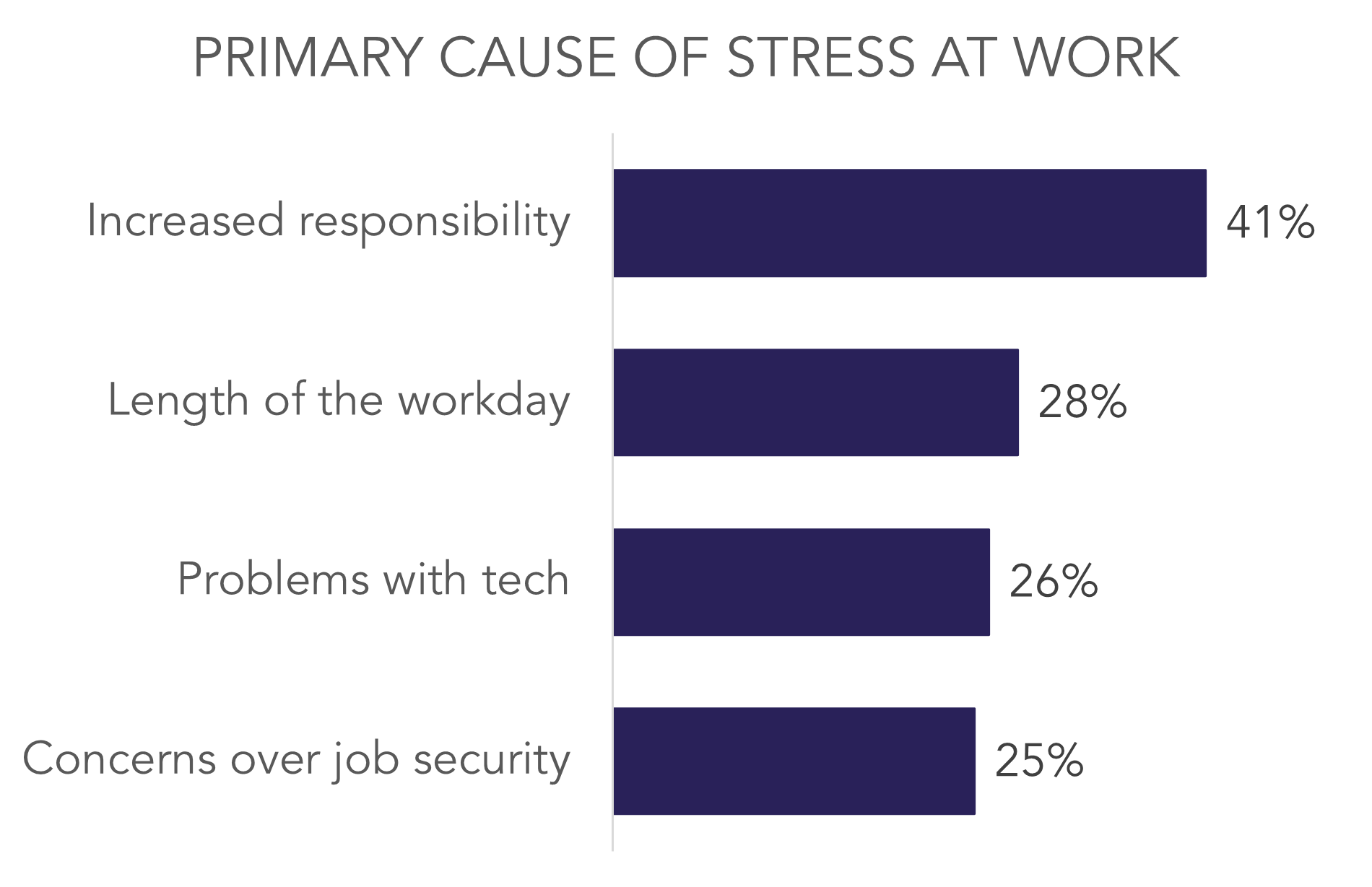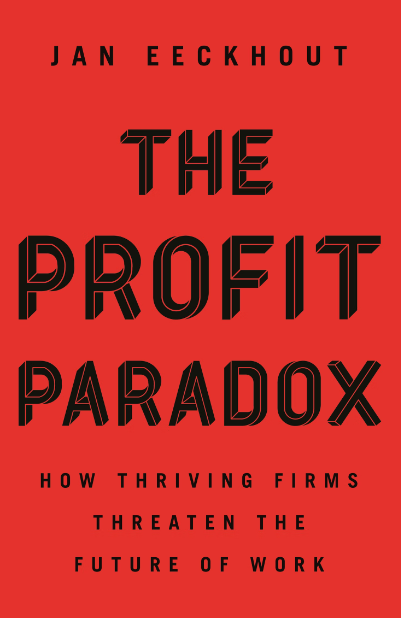Why are you so stressed?
How out-of-control workloads are driving down profits
So here’s an interesting (though not shocking stat): 78% of employees in North America are stressed at work. And if you thought, like me, that the antidote was to run off to Europe where everything tastes better and no one works in August, the situation apparently isn’t that much better there (see chart above).
For humans, this is tragic. The average American spends 1/3 of their life – or 1,801 hours a year – working. And terrifying science headlines tell us plenty about the nasty toll stress takes on our mental and physical health. (Six years ago, it took 2 ER visits and 3 cardiologists to finally convince me that the heart palpitations I was having while traveling 5 days and working 80 hours a week were stress-induced.) Apparently, traveling 5 days and working 80 hours a week isn’t great for your organs.
For organizations, it’s also a problem. Apart from being generally uncomfortable, stressed people simply don’t perform. In fact, almost half (44%) of those surveyed in the study believed their work was suffering as a direct result of their stress.
So why are we so stressed?
This is where it gets even more interesting. Check out the top 4 reasons cited by workers as the primary cause of their work-stress:
Source: ADP Research, 2022.
I can really relate to number one, which the survey called “increased responsibility” but which was called, at several of the firms where I’ve worked, “double-hatting.” (something that was oftentimes sold to us as a chance for expanded responsibility but rarely accompanied by a proportionate pay increase).
The long march towards more work
Since the 1980s, firms (especially large, publicly listed ones) have faced tremendous pressure from Wall Street to cut costs, and cutting costs typically translates to cutting people. As a result, companies now spend a much smaller share of their revenue on labor than they used to (The Profit Paradox highlighted below is a great book on this topic).
And though technological advances have helped our productivity, they haven’t decreased our workload; instead, we’re simply working more (example: email made communication faster, but now we just communicate more).
During COVID, many people’s workloads intensified as companies instituted mass layoffs, but rarely scaled back their expectations on output. This meant that the remaining employees were left to pick up double and triple the workload. Welcome to the multi-hat club.
It's not me, it’s you
In the context of this systemic increase in our workloads, it’s interesting that we typically treat work-related stress as a sort of individual mental health issue; we stock our shelves with self-help books on stress management and search the internet for productivity hacks. We view stress as a personal weakness that points to some inability to “handle” the job.
But if 78% of us can’t handle the job, maybe it’s the job that’s the problem.
The good news is that the data points to causes that are largely under company control. Simple fixes like better task management, tracking workloads, and limiting meeting time could drastically do away with the top three causes of work-related stress. It would require, however, that company leaders monitor their employees’ wellbeing and treat evidence of widespread stress as a business risk to be taken seriously.
Stress isn’t evenly distributed
And if companies more closely monitored their employees’ stress, they’d also see that stress isn’t evenly distributed across the workforce.
The data highlights that younger workers report higher levels of stress than older workers, and tomes of studies cite stress is highest among women and other under-represented groups – especially employees of color. As I write about often, the Pandemic led to record levels of stress and depression among female workers in the US – a trend that drove a major drop in women’s workforce participation.
So, the increase in stress levels among workers is also a key obstacle to improving diversity and retention – two factors that have a direct impact on company performance.
No more pizza parties
Imagine what work would be like if leaders took stress seriously. (Many would have to start with the somewhat difficult – but ultimately liberating – task of confronting their own untenable stress levels!). But leaders who can set limits, boundaries, and standards for wellness and sustainable workloads have a hugely positive impact on organizational culture.
I’d love to see measures of stress reported in annual reports and robust programs to address the root causes. I’d love to see managers monitoring workloads. DEI programs addressing the systemic bias many of us face in the workplace.
Maybe then companies would shift their wellness investments away from pizza parties and team outings and towards what the data tells us are the real roots of our stress: poorly distributed workloads and under-resourced teams.
So, in parting: don’t work too hard (and don’t blame yourself if you do).



